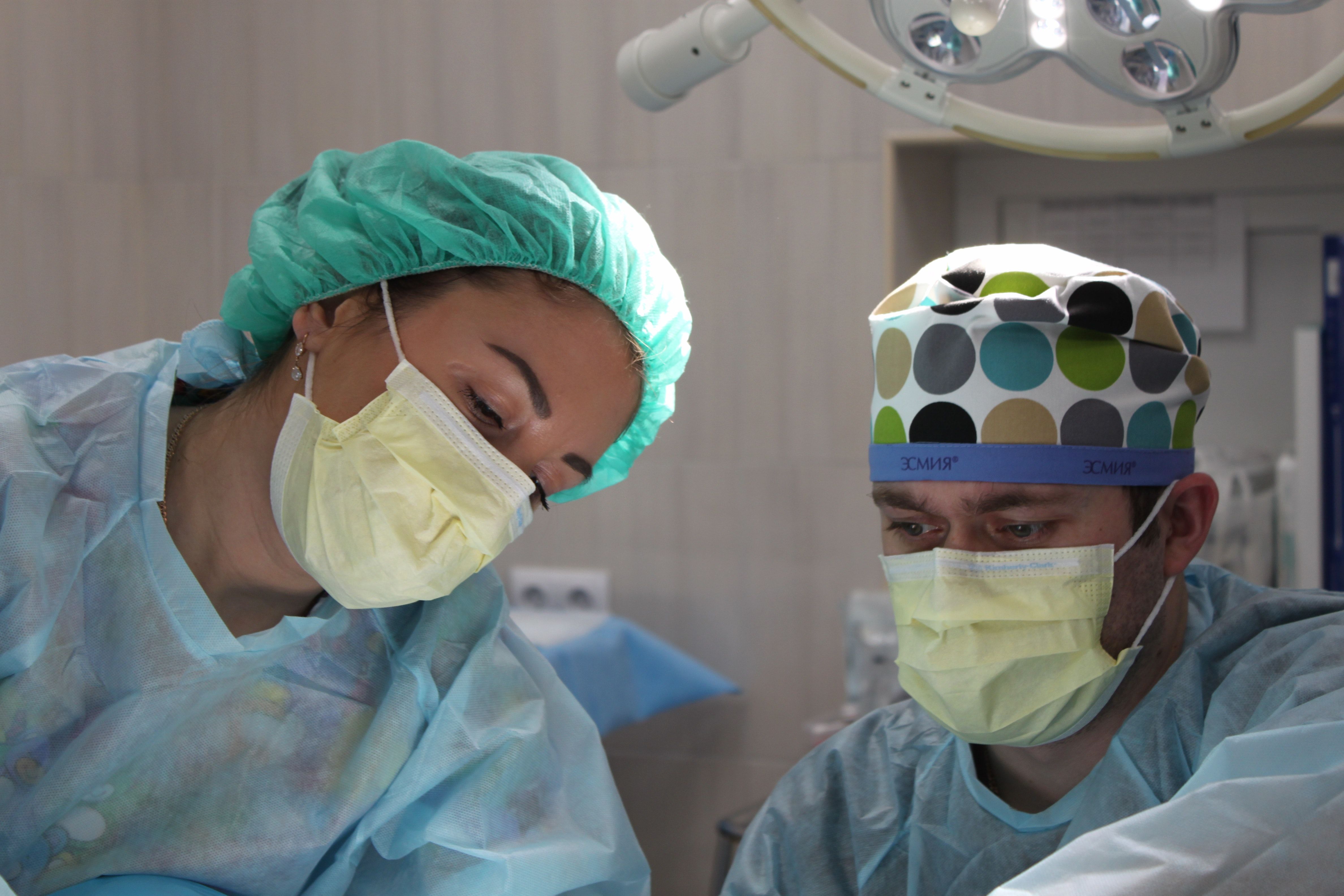Article
Immunoprophylaxis Does not Reduce Risk of Early Clinical, Endoscopic Recurrence
Author(s):
The 2 groups had similar data for any endoscopic recurrence and severe endoscopic recurrence at the first endoscopic evaluation.
Credit: Pexels.com

Early immunosuppression following surgery in patients with Crohn’s disease did not necessarily yield better outcomes than patients guided by endoscopy.1
A team, led by Gabriele Dragoni, IBD Referral Center, Department of Gastroenterology, Careggi University Hospital, determined whether early immunosuppression can be avoided and guided by endoscopy in patients with Crohn’s disease and only 1 risk factor.
“Although most [Crohn’s disease] patients present with an inflammatory phenotype at diagnosis, approximately half of them will need at least one intestinal resection during their lifetime due to treatment failure or development of stricturing or penetrating complications,” the authors wrote. “After resective surgery, new lesions in the neo-terminal ileum have been observed in up to 73% of patients at 1 year, with many of them requiring medical treatment or even re-resection.”
Some risk factors include smoking, prior intestinal surgery, penetrating disease at index surgery, perianal location, and extensive small bowel resection.
Managing postoperative recurrence in patients with Crohn’s disease following ileocolonic resection is often debated.
Currently, prophylactic immunosuppression is recommended in the presence of at least 1 clinical risk factor following surgery.
In the retrospective study, the investigators examined patients with Crohn’s disease and only 1 risk factor for postoperative recurrence, including previous intestinal resection, extensive small intestine resection (>50 cm), fistulizing phenotype, history of perianal disease, and active smoking.
There were 2 groups that formed. One included those who started immunosuppression after surgery and the other was those guided by endoscopy.
The investigators sought primary endpoints of the rates of any endoscopic recurrence and severe endoscopic recurrence within 12 months following surgery. They also looked at secondary outcomes of clinical recurrence rates at 6, 12, and 24 months after surgery.
The study included 195 patients, of which 31.3% (n = 61) were treated with immunoprophylaxis.
The results show no differences between immunoprophylaxis and the endoscopy-guided strategy.
The 2 groups had similar data for any endoscopic recurrence (36.1% vs. 45.5%, respectively, P = 0.10) and severe endoscopic recurrence (9.8% vs. 15.7%, respectively, P = 0.15) at the first endoscopic evaluation.
A similar trend was found for clinical recurrence rates.
The clinical recurrence rates ultimately were not statistically difference between the 2 groups (P = 0.43, P = 0.09, and P = 0.63 at 6, 12, and 24 months, respectively).
“In operated [Crohn’s disease] patients with only one risk factor for [postoperative recurrence], immediate immunoprophylaxis does not decrease the rate of early clinical and endoscopic recurrence,” the authors wrote.
The team went on to say there is a need for further prospective studies on this topic.
References:
Dragoni, G., Castiglione, F., Bezzio, C., Pugliese, D., Spagnuolo, R., Viola, A., Cocomazzi, F., Aratari, A., Savarino, E. V., Balestrieri, P., Onali, S., Viganò, C., Ribaldone, D. G., Innocenti, T., Testa, A., Saibeni, S., Privitera, G., Milla, M., Armuzzi, A., … Fiorino, G. (2023). Comparison of two strategies for the management of postoperative recurrence in crohn’s disease patients with one clinical risk factor: A multicentre IG‐IBD study. United European Gastroenterology Journal. https://doi.org/10.1002/ueg2.12367





